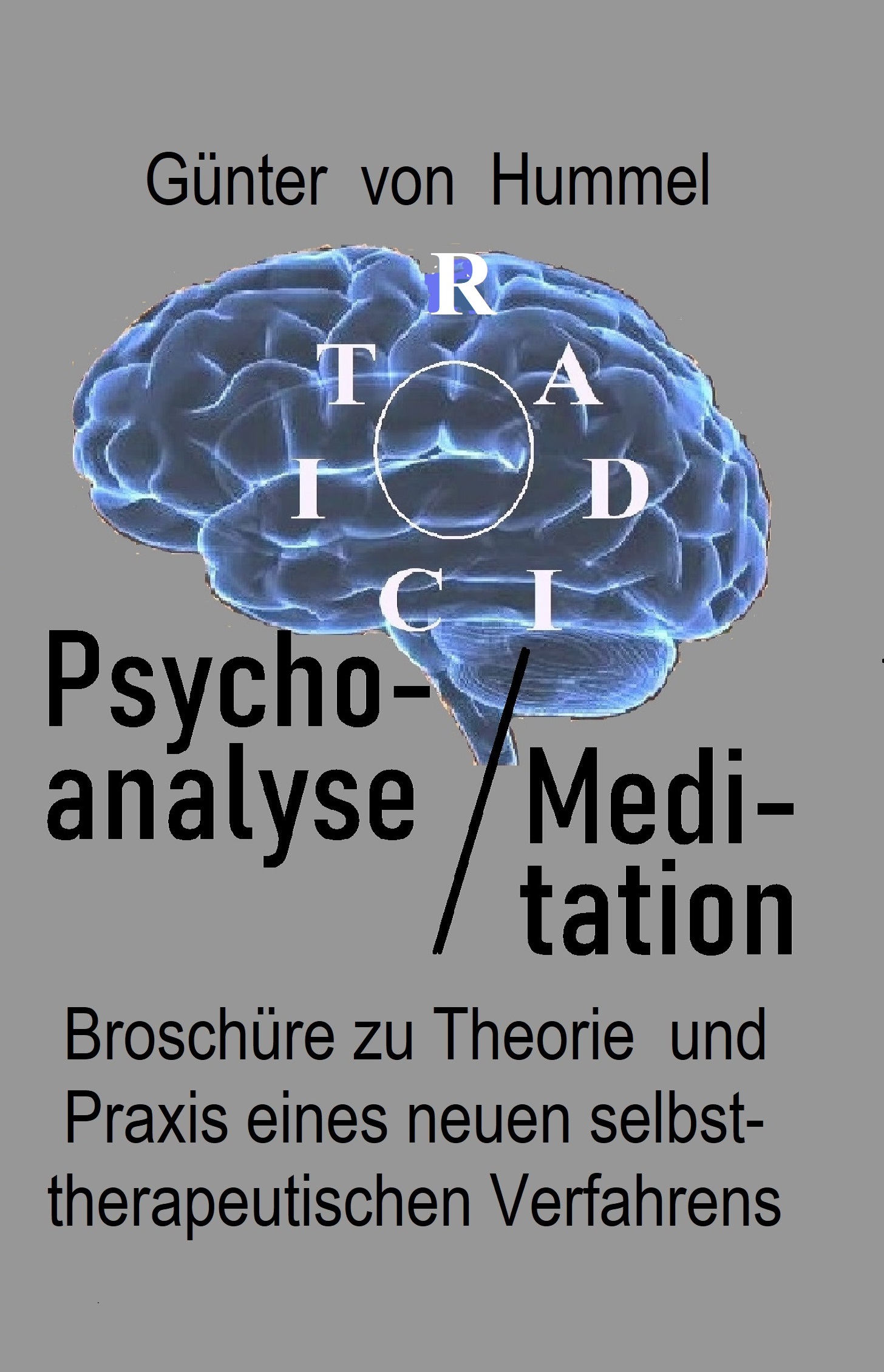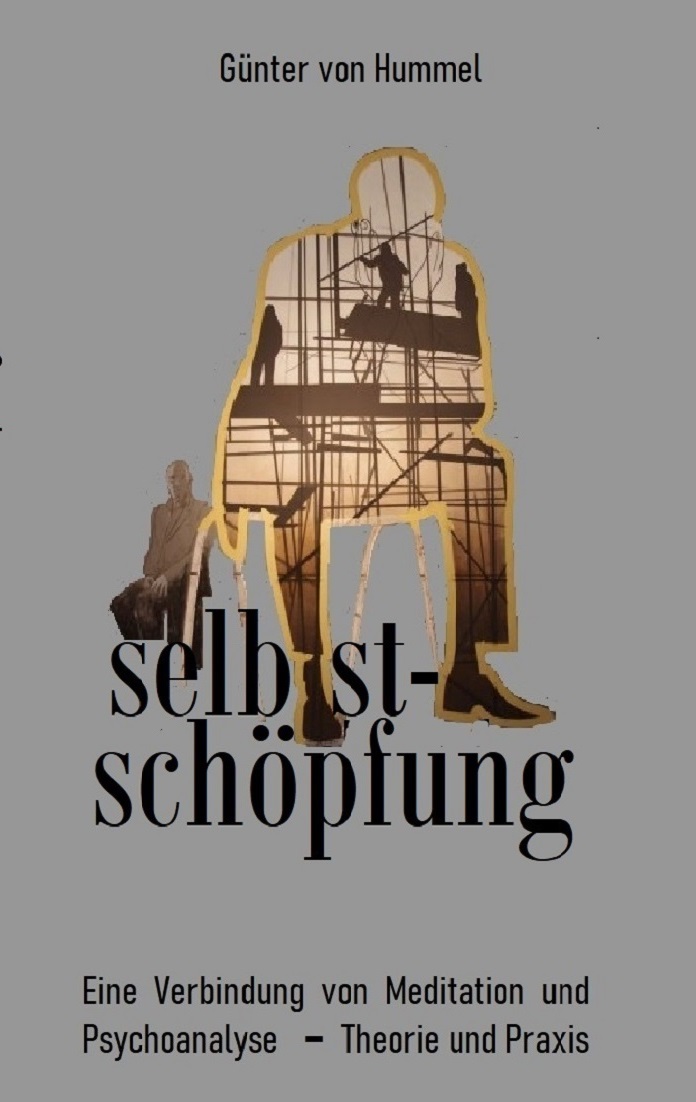A further, more psychological, view of such an imaginary signifier is offered in several publications of C. Metz1. He uses movie pictures to describe it.
Movies, of which Indians are also very fond of, fascinate us, though they also lead us astray from reality. We identify ourselves with the actors, with the camera perspective and other technical finesse a film has to offer. This leads us back to the infantile pleasure of our own origin2. We regress, indulge in curiosity. As already mentioned above, this guides us to a multiple and finally, omni-perception.
Subsequently, the scores of gazes result in a mutual shine phenomenon, which has to do with the revelation of what the film has to say. The gaze-image - transference concurs with the actual inbound transference of the film's picture story in a very strong SHINES / SPEAKS. So the effects of a film are not to be underestimated and the question of what a good film is like becomes ever more important. For bad films rather bring us down than up, just as in Yoga that stays mythical.
Up to here it has already become clear, that the eye and gaze, more so, a science of visuality, a culture of imagery and of imagination is much more important in Yoga than in traditional psychoanalysis. Subsequent to the last 50 years, in which sciences of verbalism (psychoanalysis, linguistics, semiotics etc.) have dominated, we now see sciences of imagery gaining importance.
The eye and the soul are as important as thought and word. After all, the eye not only sees with its retina and its „visual cortex", but, in the form of a primary perception drive, also with the unconscious, with the SHINES. 3
1 Metz, C., Der imaginäre Signifikant, Psychoanalysis and Cinema, Nodus (2000)
2 Reichert, H., Die Maschinerie des Sehens, Dissertation, chapter 4 (The Machinery of Looking)
3 Ruhs, A., Das unbewusste Sehen (The unconscious seeing), Löcker (1989)


